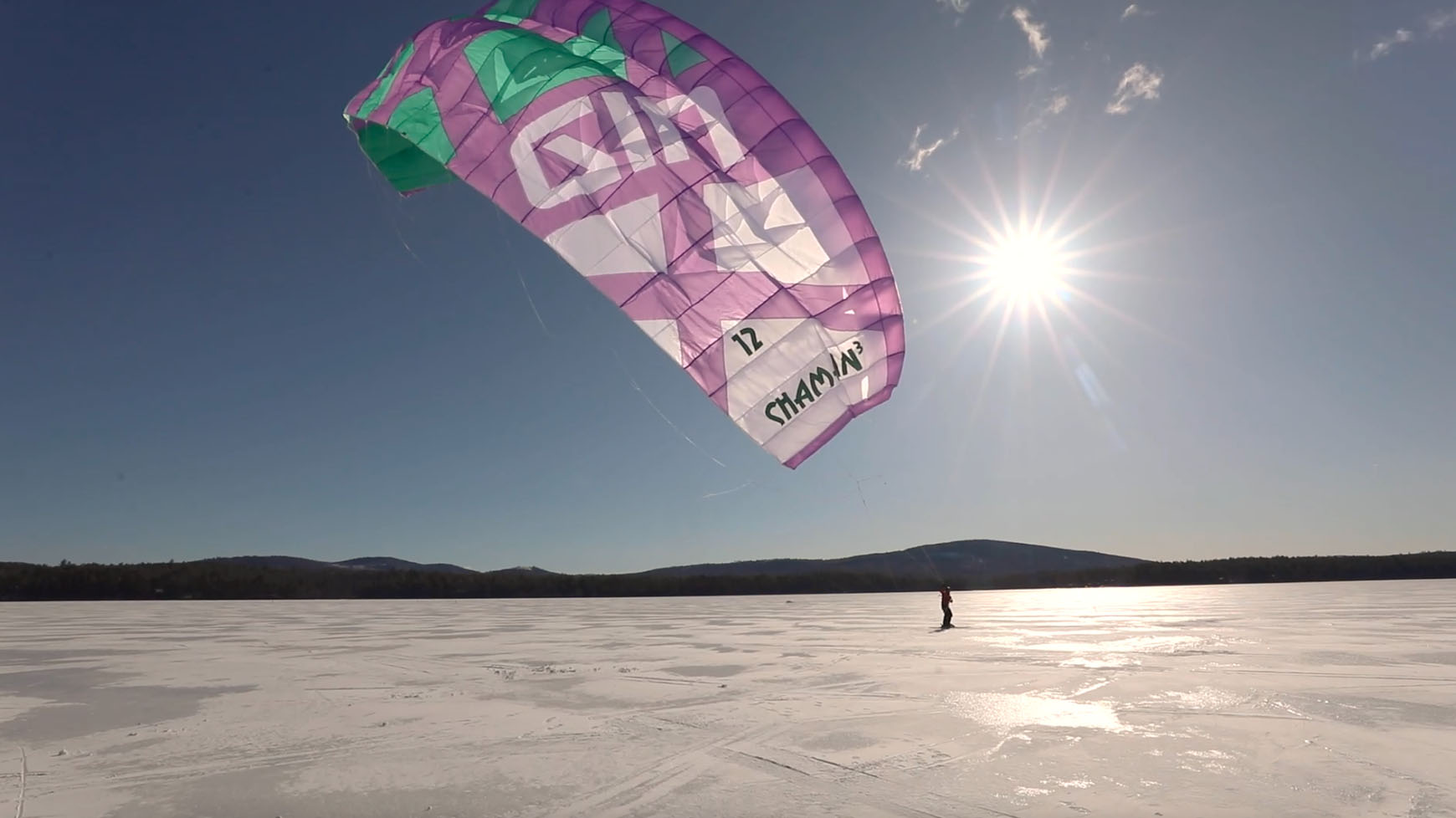A number of people have asked what a typical day traveling across Greenland would be like. Below I detail what the routine will be on most days where the temperature is usually around -25C (-13F).
Morning routine
I wake up nice and warm in my sleeping bag, but as soon as I get out I immediately put on my thickest down jacket. Before preparing breakfast, I have to collect and melt enough snow to have enough water for the day.
Breakfast is about 2,000 calories: oatmeal, nuts, coffee. I add coconut oil to my thermos of coffee, giving me almost 1000 calories to consume over a few hours. I can’t miss a single opportunity to eat— the calories are a vital source of energy to keep me going all day.
After breakfast I “brush the tent” to remove the layer of frost that has formed from condensation accumulated overnight.
Then it’s time to dismantle the camp, organize all of the equipment securely on the sled, and finally prepare and launch my kite. The entire morning routine takes about 2 hours to complete.
During the day
All of the details of our route are carefully planned and mapped. The goal is to ski for 2-3 hours before taking a short 10-minute break to hydrate and ingest as many calories as possible. My food and water are strategically positioned in the front of my sled so I can find everything I need during the break. I put on my big fluffy down jacket so that I don’t get cold, and then pull out the thermos and snacks which all have very high caloric density, a key principle on any polar expedition.
Then everything is repacked, I take off my down coat and get going. On a day with good wind, we can keep going like this for 10 or 12 hours.
The evening routine
Selecting a camp site is an important task to ensure a safe and comfortable rest for the night. There must be a good supply of snow that can be collected with minimal effort, that will be melted to use for cooking as well as hydration. It is important that the water is not only melted but also boiled long enough to destroy any harmful bacteria.
Setting up the tent is challenging; strong winds can easily snatch away precious equipment. This crucial step requires great concentration because losing this precious piece of equipment would be devastating. Once the tent is secure, the mattress and sleeping bag are laid out, clothes are hung to dry, and we prepare dinner which provide the only external source of heat. Any equipment that is susceptible to breakage or damage because of the freezing temperatures is inspected and repaired as needed.
After food and hydration, managing the body to prevent blistering, skin problems or minor injuries is crucial to avoid allowing small irritations to become big problems. Even the most ridiculous cut on a finger can become infected and put the whole hand in danger. I can tell you that the first aid kit required for this kind of expedition is quite impressive! Follow me on Instagram or Facebook if you are curious to learn more about what is in the first aid kit.
Finally, it’s time to sleep. Dressed in 2-3 layers of clothing, I slip into a nylon envelope that will prevent the moisture generated by my body from infiltrating into the down of my sleeping bag and reducing its insular properties. Of course, I have a tuque (it’s a Canadian beanie) and my head is also covered up by my sleeping bag. Only the tip of my nose sticks out, allowing me to breathe freely. The entire evening routine can take 2 or 3 hours. It’s important to be efficient to keep plenty of time for a good night sleep and foster optimal recovery.



